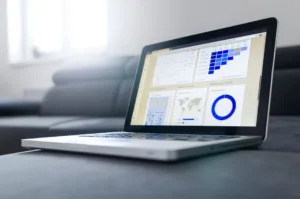
Trojan.Win64.COMBACKER.YABA-A represents a persistent though low-risk threat to Windows systems, first identified in January 2021 by Trend Micro researchers. This Trojan typically arrives as a secondary payload from other malware or through drive-by downloads from compromised websites. While its distribution remains limited, security teams should understand its behavior and detection patterns.
Technical Profile and Infection Vectors
The malware operates through two primary infection methods: deployment via other malware droppers or user-initiated downloads from malicious sites. Trend Micro’s analysis confirms the Trojan lacks destructive capabilities but maintains standard Trojan behaviors. The technical characteristics show no encryption and limited documented network activity, though persistence mechanisms remain unspecified in public reports.
Security vendors have detected this threat under multiple names, including Microsoft’s classification as Trojan:Win64/Comebacker.A!dha and IKARUS’s detection as Trojan.Win64.Agent. This variation in naming suggests potential differences in detection methodologies or observed variants in the wild.
Detection and Security Implications
For security operations teams, this Trojan presents specific detection challenges due to its low prevalence and potential role in multi-stage attacks. Trend Micro’s April 2021 classification of a variant as TrojanSpy.Win64.COMBACKER.YABA-A indicates possible evolution toward spyware functionality, though detailed behavioral differences remain undocumented in open sources.
The medium damage potential warrants monitoring despite low infection rates. Security teams should ensure endpoint protection solutions include detection for known aliases and remain vigilant for this payload in attack chains. Process monitoring for “Comebacker” strings in memory or on disk may aid in detection during threat hunting activities.
Recommended Mitigation Strategies
Trend Micro’s remediation guidance includes disabling System Restore on compromised Windows systems and using specialized tools like Process Explorer for thorough investigation. The company recommends identifying and terminating malicious processes before conducting full system scans with updated antivirus signatures.
While not currently a widespread threat, the Trojan’s persistence since 2021 justifies continued awareness. Security teams should incorporate known indicators into their detection rules and monitor for any emerging variants that might demonstrate enhanced capabilities or more aggressive distribution methods.





